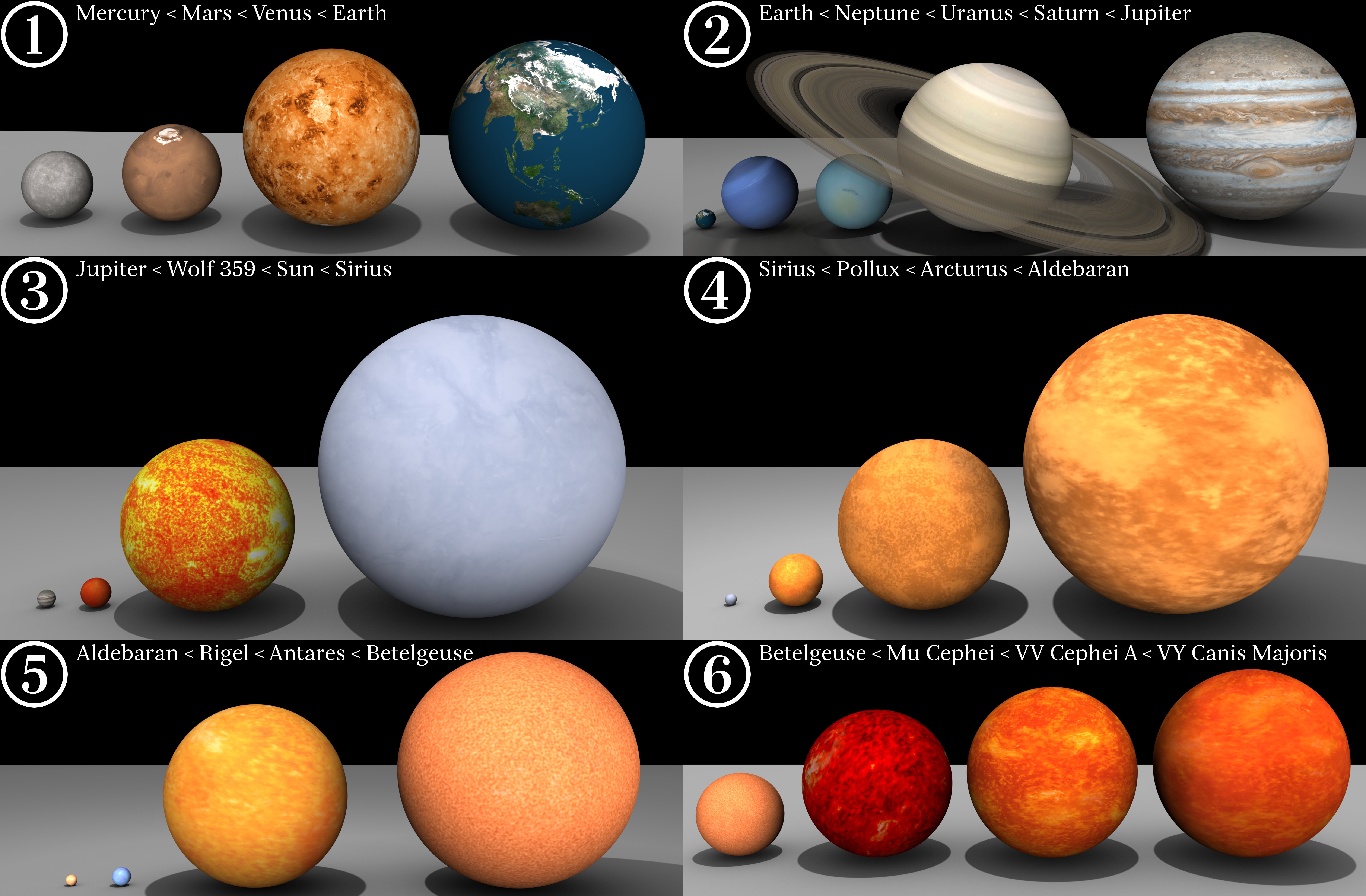I just changed my desktop wallpaper from a photo of Jupiter, which replaced the Enterprise leaving Earth orbit, to an infrared photo of the Helix Nebula taken by the Spitzer IR telescope.

It fills my entire LCD. The photo of it in the visual spectrum isn't a neat looking. It's only 650 LYs away from Earth and is about fills an area of the sky equal to the size of the Moon.
This site:
http://om-blog.orbitalmaneuvers.com/...-helix-nebula/
has some very interesting additional photos. One of them shows:
I sat here and pondered the immensity of an explosion which would reach out dozens of astronomical units and blow the space surrounding it essentially clean of matter.
​​
It fills my entire LCD. The photo of it in the visual spectrum isn't a neat looking. It's only 650 LYs away from Earth and is about fills an area of the sky equal to the size of the Moon.
This image
is in the near-infrared, taken using the European Southern Observatory’s Visible and Infrared Survey Telescope for Astronomy (VISTA), a 4.1 meter telescope in Chile. Equipped with a whopping
67 megapixel camera it can take pictures of large areas of the sky. The Helix nebula fits that bill: it’s close enough to us that it’s nearly the size of the full Moon in the sky.
This image is pretty nifty. It accentuates cooler gas than what we see in visible light. What’s colored red in the picture is actually infrared light coming from molecular hydrogen, and shows the sharp ring-like edge of the nebula. What you’re seeing here is not so much a ring as it is the walls of a barrel-like structure, and we happen to be seeing it nearly right down the tube (see Related postsbelow for all the info you could want on this amazing object).
It also accentuates the long, long streamers pointing directly away from the center. Those are comet-like tails coming from denser clumps of material boiling away as the fierce ultraviolet light of the central star floods out, their material flowing radially outward.
This image is pretty nifty. It accentuates cooler gas than what we see in visible light. What’s colored red in the picture is actually infrared light coming from molecular hydrogen, and shows the sharp ring-like edge of the nebula. What you’re seeing here is not so much a ring as it is the walls of a barrel-like structure, and we happen to be seeing it nearly right down the tube (see Related postsbelow for all the info you could want on this amazing object).
It also accentuates the long, long streamers pointing directly away from the center. Those are comet-like tails coming from denser clumps of material boiling away as the fierce ultraviolet light of the central star floods out, their material flowing radially outward.
http://om-blog.orbitalmaneuvers.com/...-helix-nebula/
has some very interesting additional photos. One of them shows:
To get a sense of size, these bulbous, comet-like shapes are on the order of the size of our Solar System. They have been sculpted out of the dust and gas by the high energy solar wind coming off the white dwarf star located at the center of the nebula. The material was blown off from the original star when it ballooned into a red giant several times as it aged and consumed its fuel—hydrogen.
The Helix Nebula is one of the closest at a distance of about 650 light-years from Earth, and it is about three to six light-years across. It can be found in the constellation of Aquarius. The Helix also goes by its catalog number NGC 7293.
The Helix Nebula is one of the closest at a distance of about 650 light-years from Earth, and it is about three to six light-years across. It can be found in the constellation of Aquarius. The Helix also goes by its catalog number NGC 7293.
I sat here and pondered the immensity of an explosion which would reach out dozens of astronomical units and blow the space surrounding it essentially clean of matter.
​​







Comment